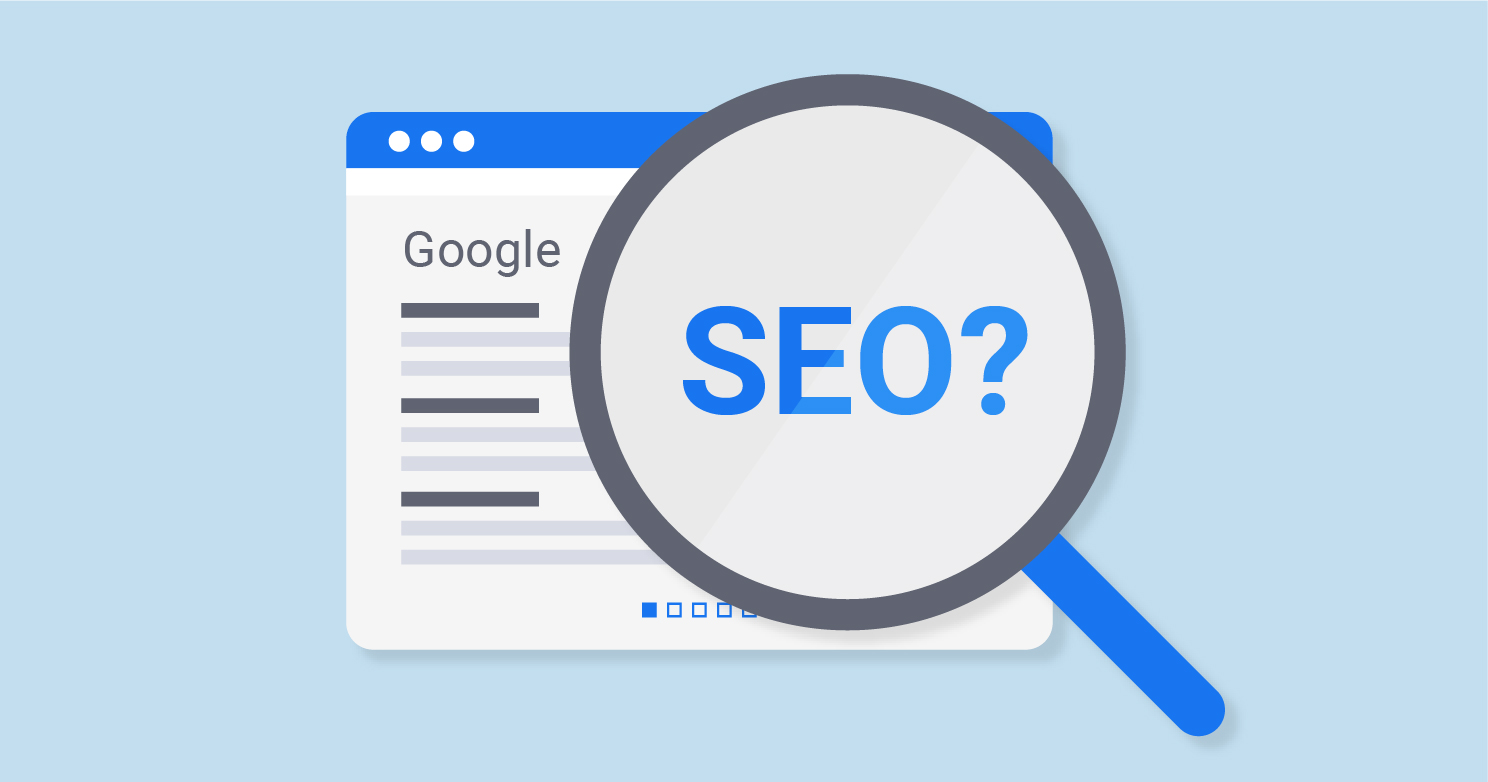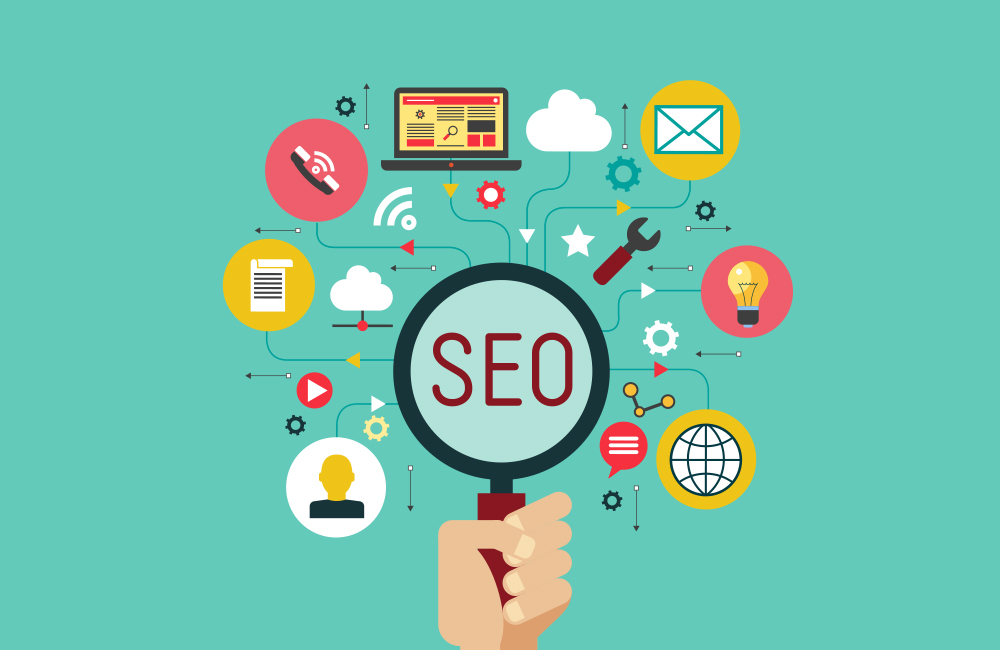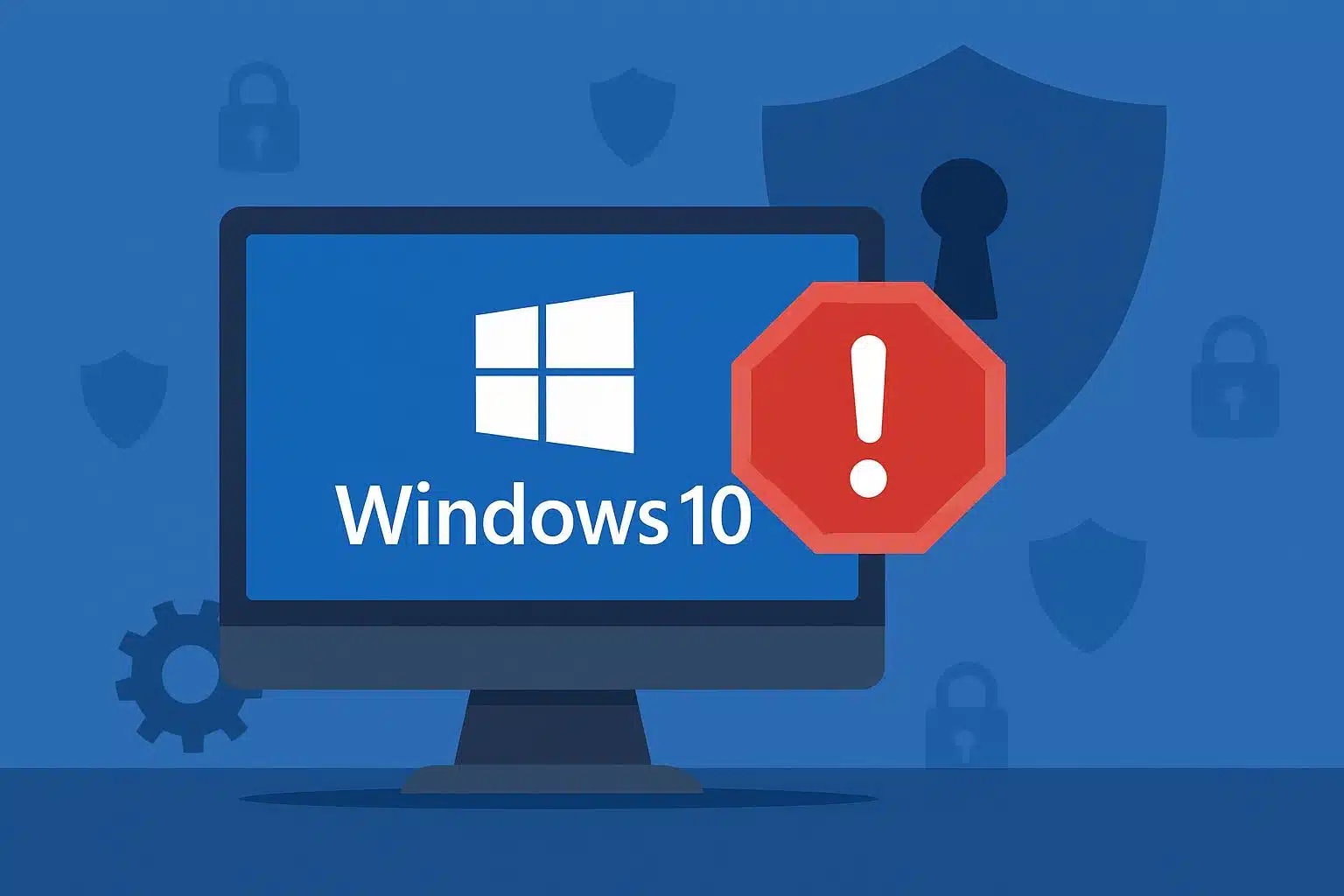Nearly all organizations, across all industries, are realizing the importance and potential of digital marketing (DM). Across the board we are seeing a 13% increase in average DM budgets, signaling a shift and investment in online marketing initiatives. And what is arguably the most critical element of a digital marketing strategy? That would be SEO.
SEO — search engine optimization — and people who know how to use it effectively are invaluable in today’s crowded marketing landscape. Want to learn more? Here is our intro guide to SEO and how to leverage it in your career.
What is SEO?
SEO, is a set of practices designed to improve the appearance and positioning of web pages in organic search results. Because organic search is the most prominent way for people to discover and access online content, a good SEO strategy is essential for improving the quality and quantity of traffic to your website.

At a higher level, SEO can be broken down like this: Nearly all online traffic is driven by search engines (think Google, Bing, etc.).
Search engines populate both organic and paid results based on dynamic algorithms that crawl the internet looking for the most relevant results to the query.
SEO utilizes things like keywords, internal and external links, and optimized content to help search engines find content and rank websites higher on search engine results pages (SERPs).
It is important to understand that the way search engines crawl and rank content is constantly changing, so SEO experts have to regularly update and refresh their tactics to keep their content and websites relevant. This is also what makes SEO so important — an organization that wants high SERP rankings to increase their traffic needs to implement the most effective SEO strategies, such as:
Focus on user experience.
Implement non-manipulative ranking tactics.
Understand searcher intent/behavior.
Monitor the latest search engine algorithms.
Types of SEO: On-Page SEO vs. Off-Page SEO.
So what does an SEO strategy look like? Start by breaking it down into on-page SEO and off-page SEO tactics. These are obviously related, but each type has its own unique nuances that will help your efforts be more effective.
On-page SEO: As the name suggests, on-page SEO analyzes what the page (and your website) are about. On-page SEO strategy focuses on optimizing the content hosted on your own website, so things like your title tags, page content, site speed and more. To optimize this content, you need to understand the relevant keywords your audience is looking for and use that as a guide to build your site content.
Off-page SEO: This involves everything that is not on your own website. Off-page SEO determines how authoritative your content is, which is typically achieved through backlinks from other websites. Backlinks are links from an outside website back to your site.
To understand how these two types of SEO impact your site performance, think of it this way: on-page SEO determines what you rank for and off-page SEO determines how well you rank.
SEO Strategy Basics.
Every SEO specialist has slightly different recommendations for what your SEO strategy should include. An expert who spoke to Julisha.co.ke, recommends that everyone include the following elements in a successful SEO strategy :
Understand user intent: Craft your content with the understanding of the searcher’s end goal so you can help them accomplish their goal.
Develop a customer avatar: Audience, audience, audience. Any SEO strategist starts by learning more about who your reader is, what they like, what they dislike, and why they’re there.
Break up the text: Keeping it simple is key, as most people have short attention spans and limited time. Break up copy with bullets, images, headers and short sentences.
Make it actionable: Your content should both give the searcher what they are looking for and guide them to the next steps. That way they have both an answer and an actionable outcome.

9 Core Elements of SEO.
As you move into the world of digital marketing and SEO, people will start throwing around terms and phrases that you don’t understand. With all that jargon, it helps to have a quick glossary of SEO elements and terms. Here are some of the most common:
Audience: Audience, sometimes referred to as the target audience, is “a group of consumers characterized by behavior and specific demographics. Target audiences are a pillar of most businesses influencing decision making for marketing strategy, such as where to spend money on ads, how to appeal to customers, and even what product to build next.” Determining the target audience will influence nearly every other aspect of SEO.
Searcher Intent: This term is used interchangeably with user intent and audience intent, and it refers to the purpose of an online search. There are four types of searcher intent:
Informational intent
Navigational intent
Transactional intent
Commercial investigation
Keywords: Keywords are “any search term entered into Google (or another search engine) that has a results page where websites are listed.” The term is slightly misleading, as a keyword can be a singular word or a phrase that has multiple words in it. Keywords are used by marketers to optimize website content to help sites and pages rank higher.
Meta Description: Meta descriptions get a bit more into the technical aspect of search engines, but they greatly influence SERPs. Meta descriptions are “an HTML element that provides a brief summary of a web page. A page’s meta description tag is displayed as part of the search snippet in a search engine results page (SERP) and is meant to give the user an idea of the content that exists within the page and how it relates to their search query.”
Content: Just as it sounds, content is any text, audio or visual material that appears on your website. Believe it or not, all of those components can be improved with SEO tactics. Content is king is an overused phrase in the world of digital marketing, but it’s actually true. Content is the main ingredient of any website, and it should be the central focus of SEO strategy and improvements.
Backlinks: Backlinks are sometimes referred to as inbound and incoming links, and they are part of any off-page SEO strategy. Backlinks are created when one website links back to another — in the case of improving SEO, you want to have as many backlinks as you can. Backlinks show Google that you are an authority on a particular topic and essentially work as a “vote of confidence” from one website to another.
Site Architecture: Site architecture is “the hierarchical structure of your website pages. This structure is reflected through internal linking. Your website’s structure should help users easily find information and help search engine crawlers understand the relationship between different pages.” Google and other search engines take into account how well — or how poorly — your site is organized. The easier it is for a user to navigate, the higher it will likely rank.
Site Speed: Just as it sounds, site speed is “how quickly users are able to see and interact with content.” As we’ve mentioned before, the path between the user and your content needs to be as direct as possible, and speed plays an important role. If your site is slow to load, loads in stages or returns a 404 message (this is the worst case scenario), search engines will ding you for that. Optimizing search speed is an important element of good SEO and can mean the difference between ranking on page one and page two.
Schema: Another more technical aspect of SEO is schema. Schema is “a structured data vocabulary that helps search engines better understand the info on your website in order to serve rich results. These markups allow search engines to see the meaning and relationships behind entities mentioned on your site. For this reason, schema markup has become a hot topic of SEO.”
There are three steps to how search engines work: crawling, indexing and ranking.
Step 1: Search Engine Crawling
The first step is crawling. Search engines send out web crawlers to find new pages and record information about them. We sometimes call these web crawlers ‘spiders’,‘robots’ or Googlebots.
Their purpose is to discover new web pages that exist, and to periodically check the content on pages they’ve previously visited to see whether they've changed or been updated.
Search engines crawl web pages by following links they’ve already discovered. So if you have a blog and it's linked from your homepage, when a search engine crawls your homepage, it will then look for another link and may follow the link to your new blog post.
Step 2: Search Engine Indexing
The second step is indexing. Indexing is when a search engine decides whether or not it is going to use the content that it has crawled. If a crawled web page is deemed worthy by a search engine, it will be added to its index.
This index is used at the final ranking stage. When a web page or piece of content is indexed, it is filed and stored in a database where it can later be retrieved. Most web pages that offer unique and valuable content are placed into the index. A web page might not be placed in the index if:
The content is considered duplicate
The content is considered low value or spammy
It couldn’t be crawled
The page or domain lacked inbound links.
Step 3: Search Engine Ranking
The third step is really the most important, and that is ranking. Ranking can only happen after the crawling and indexing steps are complete. So once a search engine has crawled and indexed your site, your site can be ranked.
There are more than 200 ranking signals that search engines use to sort and rank content, and they all fit under the three pillars of SEO: technical optimization, on-page optimization, and off-page optimization.
What are the best SEO tools?
Luckily, there are loads of great resources and tools out there to help with your SEO activities. Some have free plans and others are paid, so it’s about finding what’s best for you.
Ranking and reporting SEO tools
Google Search Console
GA4
KWFinder
SemRush
Page Speed Insights
SEO audit tools
Screaming Frog
SEOptimer
Moz
SEO keyword and content research tools
Google Keyword Planner
Answerthepublic
UberSuggest
BuzzSumo
SEO AI tools
seoClarity
Surfer.

AI and SEO - what’s coming?
Artificial intelligence is already used to optimize many areas of SEO. From using tools to help with keyword research and content generation to getting AI-driven insights and user intent intel.
Developments to monitor in AI and SEO are:
Google’s AI Overviews - Featured snippets on steroids, SGE uses AI to generate detailed results to give users exactly what they are searching for. This includes not only a detailed generative answer (similar toChatGPT) but also offers an image carousel along with suggested questions and suggestions. It’s important to keep an eye on how SGE becomes a greater element within the world of search.
Predictive analytics - You can predict changes in search algorithms and adapt your strategy accordingly. Use AI tools that examine historical data and current trends to make predictions such as RankSense, Ahrefs, and CognitiveSEO.
AI in local SEO - Optimize content to localize content based on preferences or regional factors. Tools that can help are Moz Local, and BrightSpark.
Answer Engine Optimization - AI is changing how users search and find information so it could be a good idea to optimize for answer engines. Tools that can help are ChatGPT and Google SGE.
Video SEO - People love video content so it’s crucial to optimize your videos for SEO, on YouTube or otherwise.
Core Web Vitals (CWV) - The CWV consists of three user experience metrics that measure the loading, interactivity, and visual stability of a web page. Optimizing them will improve the page speed and SEO ranking.







